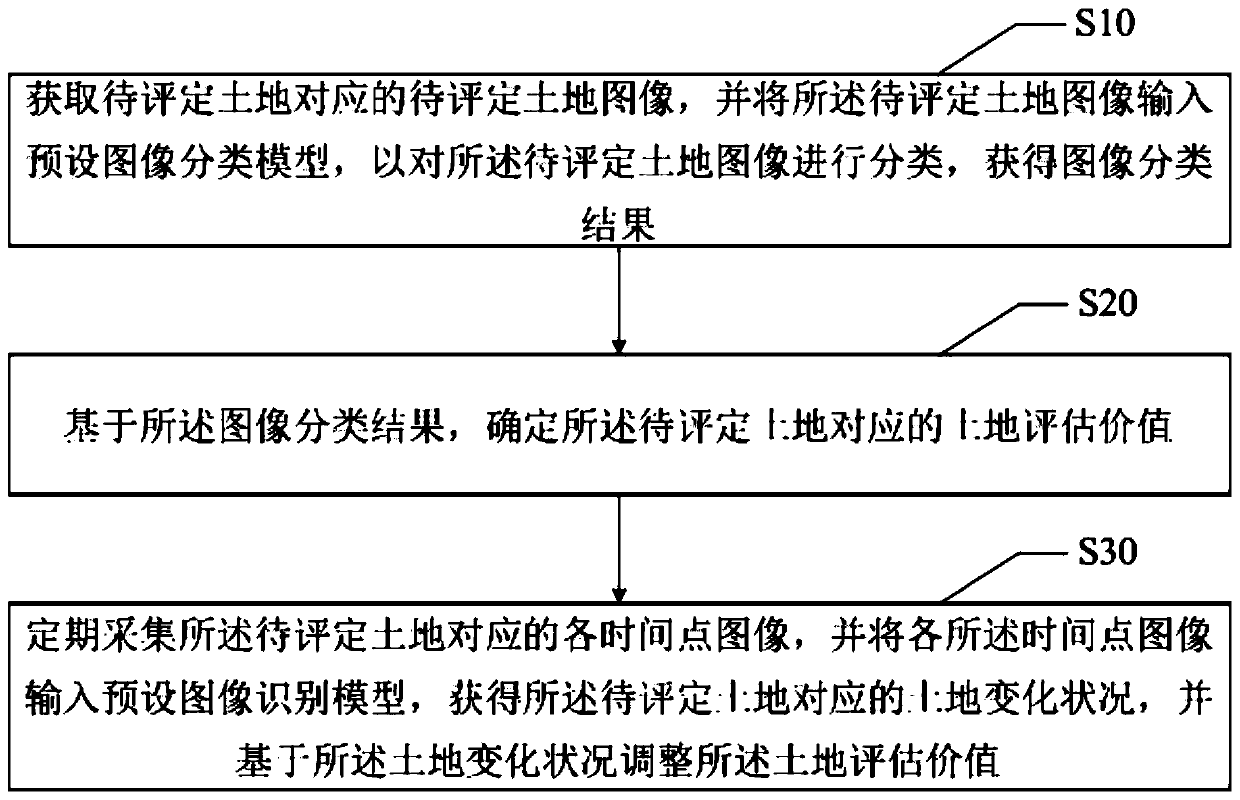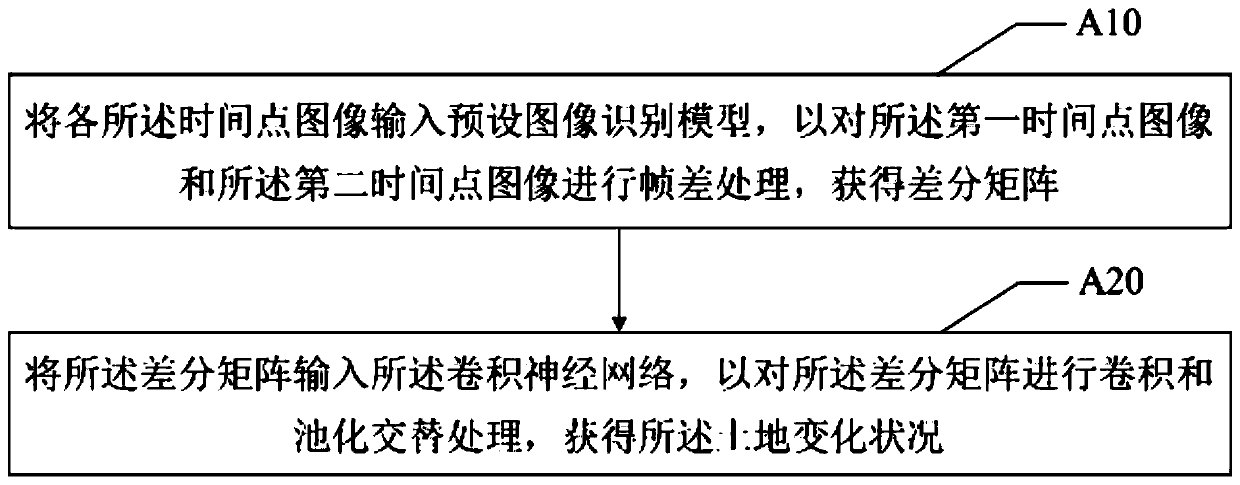Agricultural land value evaluation optimization method, device and equipment and readable storage medium
A technology of value evaluation and optimization method, applied in the direction of instruments, character and pattern recognition, data processing applications, etc., can solve the problem of low efficiency of agricultural land value evaluation
- Summary
- Abstract
- Description
- Claims
- Application Information
AI Technical Summary
Problems solved by technology
Method used
Image
Examples
Embodiment Construction
[0064] It should be understood that the specific embodiments described here are only used to explain the present application, and are not intended to limit the present application.
[0065] The embodiment of the present application provides a method for evaluating and optimizing the value of agricultural land. In the first embodiment of the method for evaluating and optimizing the value of agricultural land of the present application, refer to figure 1 , the optimization method for evaluating the value of agricultural land includes:
[0066] Step S10, acquiring the image of land to be evaluated corresponding to the land to be evaluated, and inputting the image of land to be evaluated into a preset image classification model to classify the image of land to be evaluated to obtain an image classification result;
[0067] In this embodiment, it should be noted that the preset image classification model is a trained machine learning model based on deep learning, and the land image...
PUM
 Login to View More
Login to View More Abstract
Description
Claims
Application Information
 Login to View More
Login to View More - R&D
- Intellectual Property
- Life Sciences
- Materials
- Tech Scout
- Unparalleled Data Quality
- Higher Quality Content
- 60% Fewer Hallucinations
Browse by: Latest US Patents, China's latest patents, Technical Efficacy Thesaurus, Application Domain, Technology Topic, Popular Technical Reports.
© 2025 PatSnap. All rights reserved.Legal|Privacy policy|Modern Slavery Act Transparency Statement|Sitemap|About US| Contact US: help@patsnap.com



